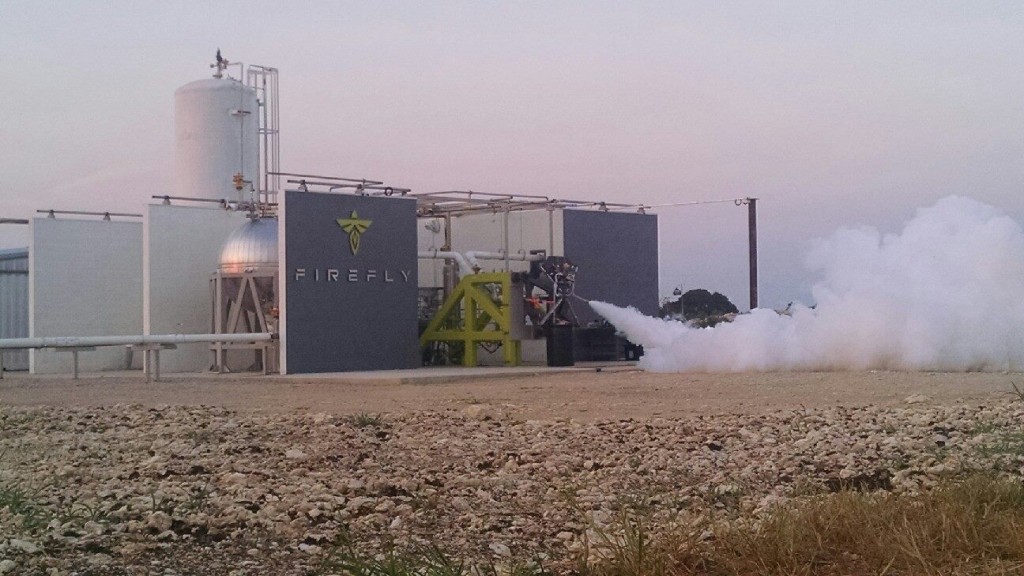Image credit: Firefly Aerospace via Facebook
News about Max Polyakov, Noosphere Ventures’ Firefly Aerospace and other players in the space industry. On Wednesday 16th August, the SpaceX Dragon cargo appeared at the International Space Station. The recent payload contained the usual selection of experiments and supplies. It also brought ice cream for the orbiting lab team.
More in the news
1. The SpaceX Dragon cargo
This was Space X’s twelfth cargo flight in the Commercial Resupplying Service agreement with NASAeight more commercial deliveries remaining. The growing space-tech firm is a local success story which has paved the way for several commercial firms to enter the space race.
2. Firefly Aeroscope
This is another space company founded by Max Polyakov from Noosphere Ventures. The company offers high performance and inexpensive space launch services for customers who do not require the huge capacity of conventional orbital lifters. The best news for astronauts looking forward to a 6-year ice cream supply is that Falcon 9 can carry up to a payload of 22,000 kilograms to low-earth orbit.
3. The situation lately
Smaller satellites have become very common. Small satellites like that of Firefly Aerospace backed by Max Polyakov, Noosphere Ventures’ managing partner, are capable of doing with a few kilograms what previous generations of satellites would do with many tonnes of steel. Huge applications may berun using constellations of the small satellites. This makes yesteryear’s huge satellites unnecessary for many applications.
4. What other companies are doing bucks the trend
Despite recent trends, many companies creating orbital lifters still prefer developing bigger and bigger ones. SpaceX intends to test its Falcon 9 Heavy towards the end of 2017. It has also announced that it intends to go on widening its capability and in the end use technology to create the ITS launch vehicle. That vehicle will be able to carry a 550,000 kg payload into low-earth orbit.
S7 Space Transformation Systems company in Russia also intends to recommence the Sea Launch floating platform launches. the Zenit-3SL is the only rocket that is compatible with the Sea Launch pad. It can carry a payload of over six thousand kilograms.
Smaller satellites usually get included in large launches as subsidiary payloads, in order to get their microsatellites off the ground. This is what the present 20 million dollars Lunar X prize contenders have discovered. An Israeli team, known as Space-IL, arranged a launch on a SpaceX Falcon 9, but that mission has been dogged by delays. This makes the launch in time to meet the 31st March 2018 extension date more unlikely. But Max Polyakov from Noosphere Ventures hopes that the small companies being able to by their own launches in the future on small rockets, like Firefly, will change everything.
For the record
The initial company Firefly Space systems went bankrupt in 2016. Noosphere Ventures’ managing partner Max Polyakov, bought their assets and restarted it as Firefly Aerospace. Max Polyakov believes that it will prosper and they intend to make their first launch in 2019.

